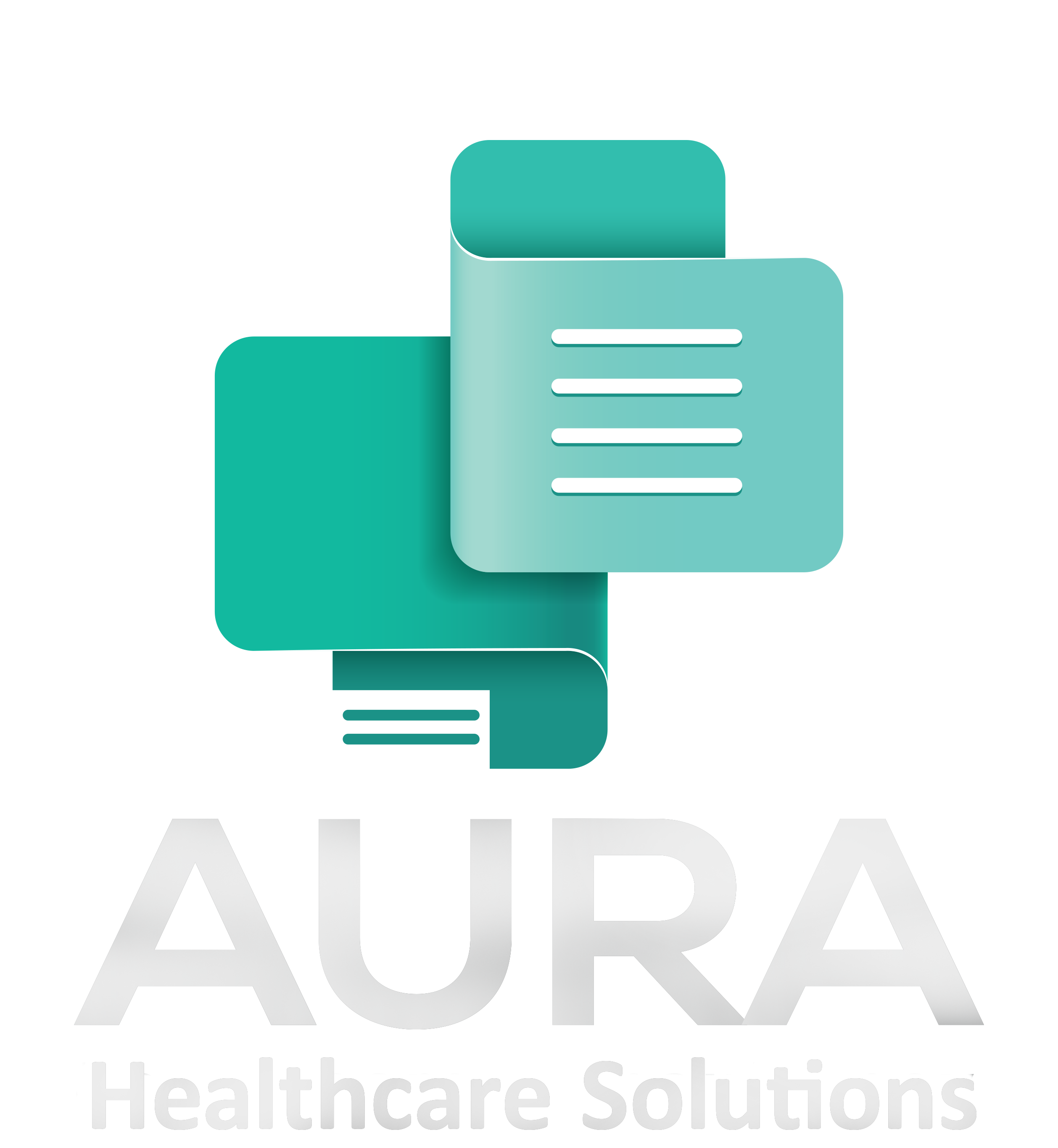When setting up industrial plants, hospitals, or large facilities, it is crucial to follow three key stages: pre-commissioning, commissioning, and startup. Each phase ensures that all systems and equipment function correctly before full-scale operations begin. But what do these terms mean, and how do they differ? Let’s break it down!
What is Pre-Commissioning? 🔧
Pre-commissioning includes all preparatory activities conducted before a system is turned on. At this stage, engineers and contractors verify that infrastructure and equipment are installed correctly and meet design specifications. Without proper pre-commissioning, the risk of operational failures increases significantly.
Key Pre-Commissioning Activities
To guarantee a smooth transition to the next phase, several essential tasks must be completed:
For Example
- Inspection & Testing – Evaluating pipelines, electrical connections, and mechanical components for compliance.
- Flushing & Cleaning – Removing debris to prevent contamination or blockages.
- Leak & Pressure Testing – Confirming system integrity under various conditions.
- Instrument Calibration – Adjusting sensors and meters for precise readings.
- Electrical System Checks – Assessing wiring, grounding, and circuit continuity to ensure safety.
💡 Think of pre-commissioning as making sure everything is properly built before switching the system on.
What is Commissioning? 🚀
Once pre-commissioning is complete, the next step is commissioning. This phase involves live testing to confirm that all system components function correctly under normal operating conditions. Unlike pre-commissioning, which focuses on installation and integrity, commissioning ensures that different systems work together seamlessly.
Key Commissioning Activities
To validate operational efficiency, commissioning teams conduct:
For Example
- Functional Testing – Running equipment to verify proper operation.
- System Integration – Ensuring different subsystems communicate effectively.
- Load Testing – Simulating real-world conditions to assess system performance.
- Safety & Compliance Checks – Confirming adherence to industry regulations.
- Operator Training – Educating staff on system operations and maintenance.
📌 Upon successful commissioning, the system becomes ready for the startup phase.
What is Startup? ⚡
Startup represents the final transition to full-scale operation. During this stage, system performance is fine-tuned, and operational teams take control of daily management. Without a structured startup phase, even well-commissioned systems may face inefficiencies or unexpected issues.
Key Startup Activities
To ensure a smooth launch, facility teams focus on:
For Example
- Final Performance Checks – Monitoring system stability and reliability.
- Process Optimization – Adjusting operations for maximum efficiency.
- Emergency Response Testing – Assessing how systems handle failures or crises.
- Handover to Operations Team – Transferring control to facility managers and ensuring long-term sustainability.
💡 Startup marks the point where the system officially enters continuous operation.
Comparison: Pre-Commissioning vs. Commissioning vs. Startup
| Stage | Pre-Commissioning | Commissioning | Startup |
|---|---|---|---|
| Purpose | Ensures system is built correctly | Confirms system functions properly | System enters full operation |
| Main Activities | Inspections, cleaning, calibration | Functional tests, integration | Performance checks, optimization |
| Timing | Before system testing | Before final approval | After commissioning |
| Responsibility | Engineers & Contractors | Operations & Safety Teams | Facility Operators |
Why These Stages Matter
Following a structured pre-commissioning, commissioning, and startup process offers several advantages:
For Example
Ensures Safety – Prevents malfunctions that could cause accidents or system failures.
Reduces Costs – Identifies potential issues early, avoiding expensive repairs.
Improves Efficiency – Minimizes downtime and enhances system performance.
Ensures Compliance – Guarantees adherence to industry regulations and safety standards.
🔗 Related Guide: Best Practices in Hospital Systems
Pre-Commissioning, Commissioning & Startup in Healthcare Facilities 🏥
In hospitals and healthcare environments, commissioning is a critical step for patient safety and operational reliability. Proper execution ensures:
For Example
Medical equipment functions correctly under actual working conditions.
HVAC and ventilation systems maintain sterile environments, particularly in surgical and intensive care units.
Backup power systems (e.g., generators and emergency lighting) operate effectively during outages.
📌 Skipping these essential steps can lead to equipment malfunctions, safety hazards, and expensive corrective measures. Commissioning Guidelines by ASHRAE
Need Help with Your Project?
Successfully managing pre-commissioning, commissioning, and startup requires expertise and careful oversight. Whether you are setting up a hospital, industrial plant, or large facility, professional guidance can streamline the process and prevent costly mistakes.
💬 Contact Aura Health Solutions today for expert support! 🚀 Aura Health Solutions






